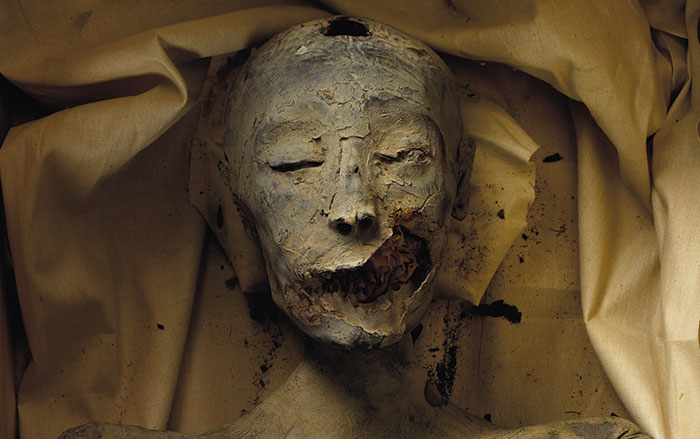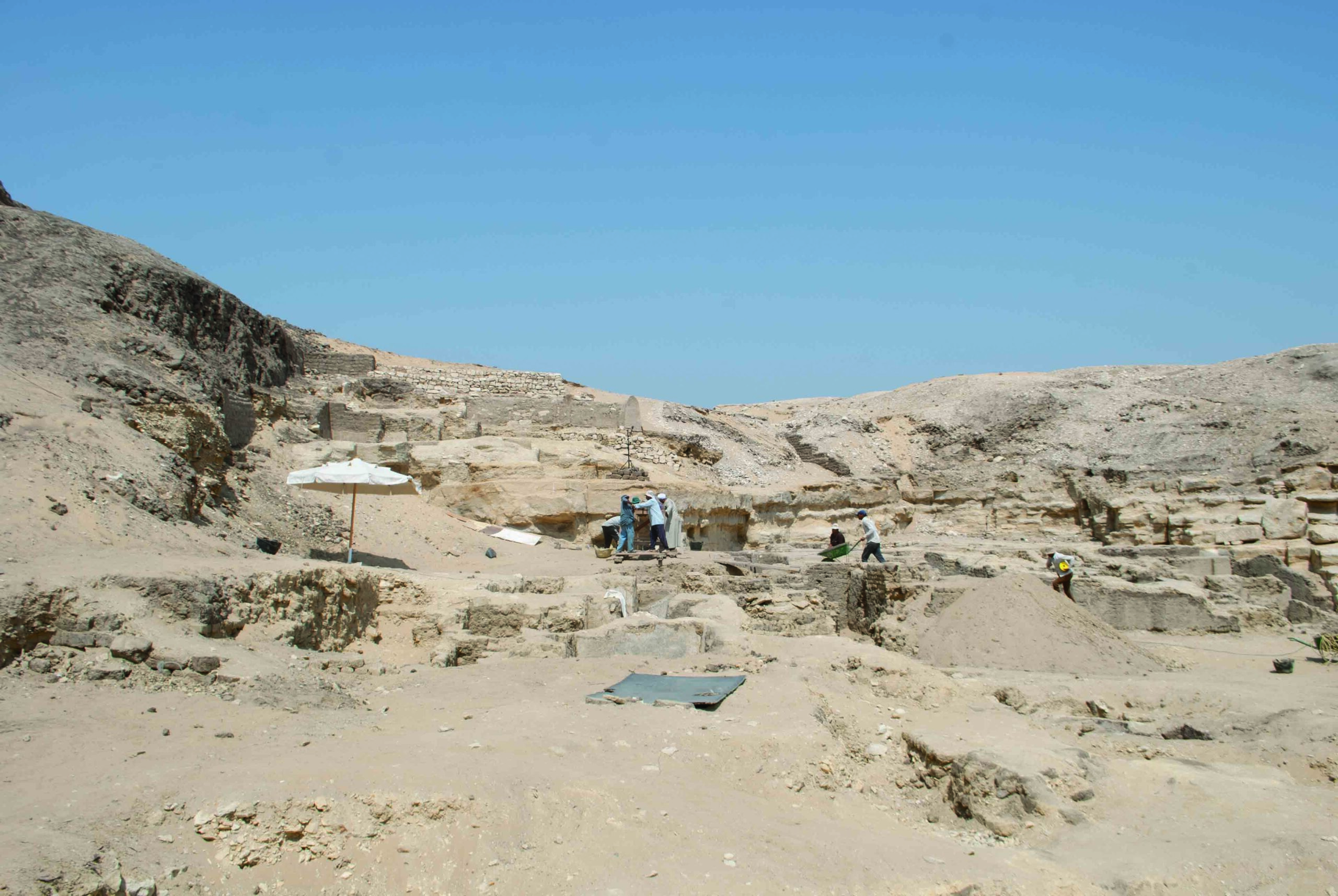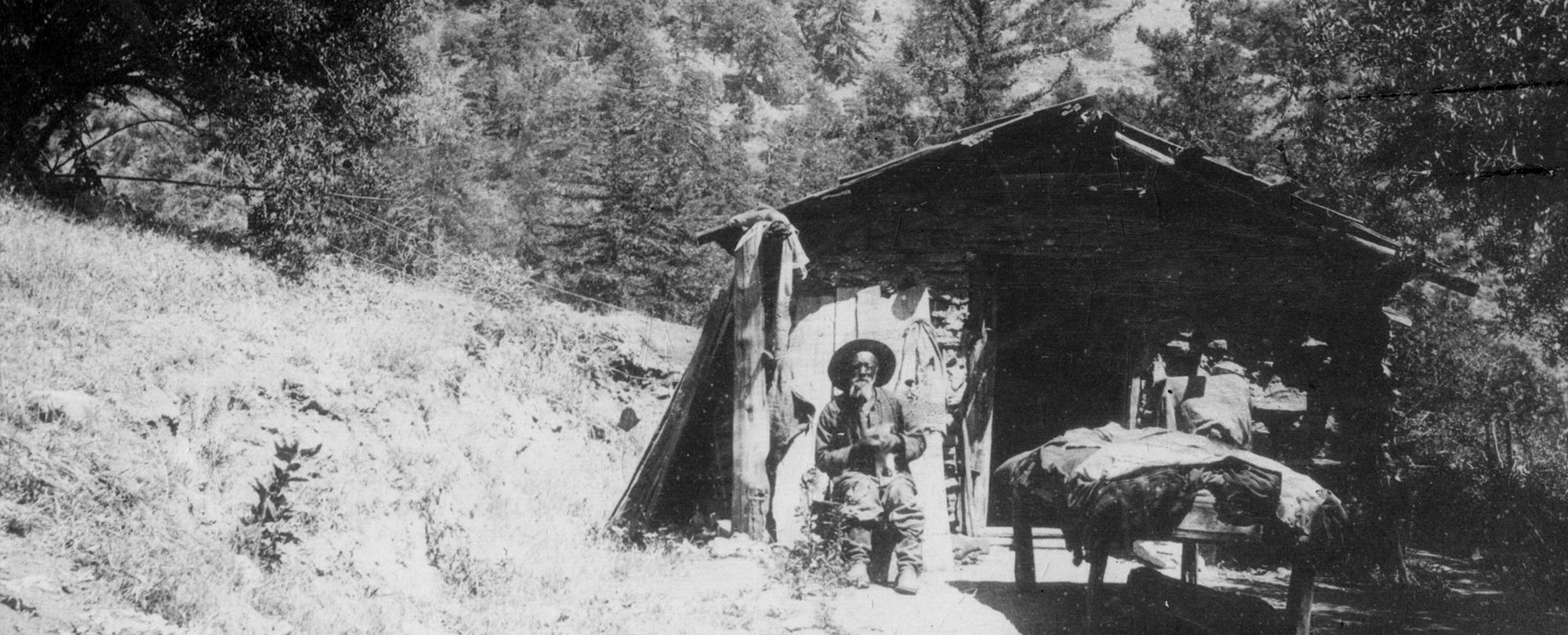WARSAW, POLAND—The AFP reports that X-rays of a 2,000-year-old Egyptian mummy held at Poland’s National Museum since 1917 revealed the remains of a woman with long, curly hair who was between 26 and 30 weeks pregnant at the time of her death. “We do not know why the fetus was not taken out of the belly of the deceased during mummification,” said Wojciech Ejsmond of the Polish Academy of Sciences. “That is why this mummy is truly unique. We have not been able to find any similar cases.” The mummy was thought to be the remains of a male priest who lived between the first century B.C. and the first century A.D., based upon hieroglyphs on the sarcophagus where the mummy was kept. The researchers will now attempt to date the remains and find a possible cause of the woman’s death. To read about more than 100 mummy coffins discovered in Egypt's Saqqara necropolis, go to "Mummy Cache," one of ARCHAEOLOGY's Top 10 Discoveries of 2020.
Pregnancy Detected in Ancient Egyptian Mummy
News April 29, 2021
SHARE:
Recommended Articles
Digs & Discoveries May/June 2024
Speaking in Golden Tongues

(Egyptian Ministry of Tourism & Antiquities)

(Courtesy Sahar Saleem)
Rediscovering Egypt's Golden Dynasty September/October 2022
Who Was Tut’s Mother?

(Ken Garrett)

(Courtesy Egyptian Ministry of Tourism & Antiquities)
-
Features March/April 2021
The Visigoths' Imperial Ambitions
How an unlikely Visigothic city rose in Spain amid the chaotic aftermath of Rome’s final collapse
 Yil Dori
Yil Dori -
Letter from Chihuahua March/April 2021
Cliff Dwellers of the Sierra Madre
A recurring design motif found in northern Mexico’s ancient mountain villages reflects complex cultural ties between distant peoples
 (Photo by Stephen H. Lekson)
(Photo by Stephen H. Lekson) -
Artifacts March/April 2021
Subeixi Game Balls
 (Courtesy Patrick Wertmann)
(Courtesy Patrick Wertmann) -
Digs & Discoveries March/April 2021
An Enduring Design
 Courtesy Durham University
Courtesy Durham University


